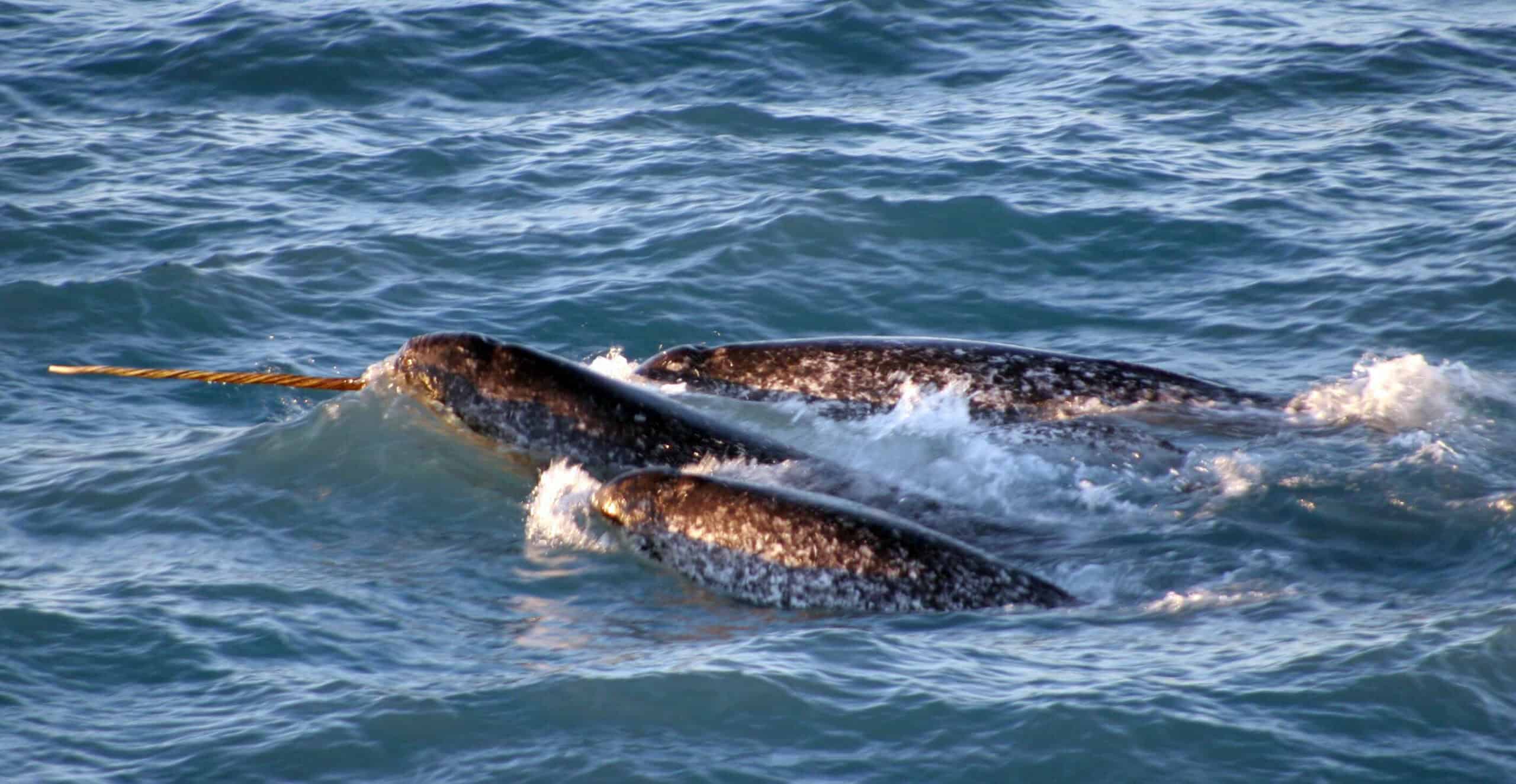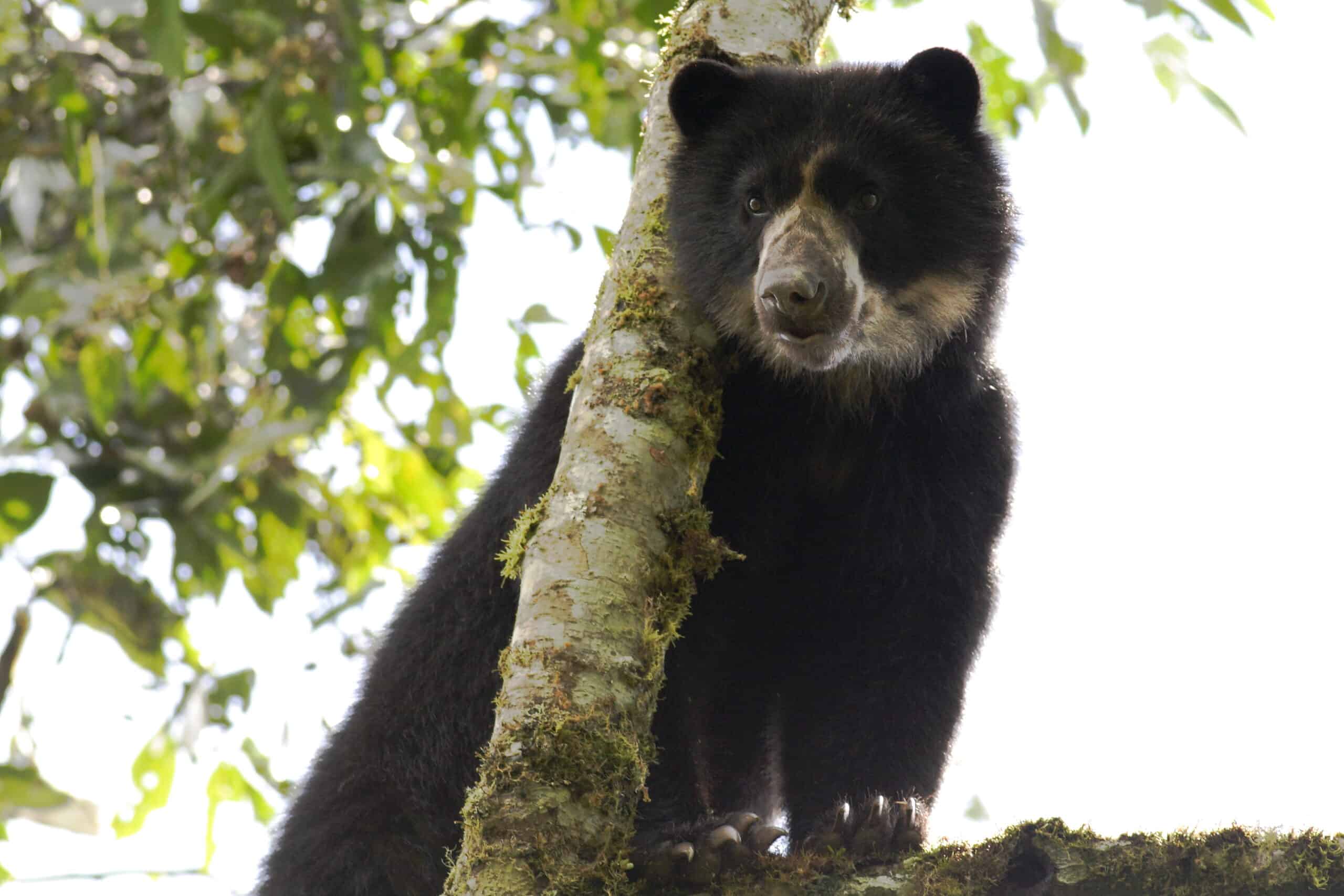Share this article
Wildlife Featured in this article
- Narwhal
- Kirtland's warbler
- Blanchard's cricket frog
- Gray-headed chickadee
Canada authorities find narwhals no longer at risk
The species was one of 12 whose statuses were being reconsidered
Canadian officials say the narwhal is no longer considered at risk after researchers found the iconic species’ Nunavut population appears to be stable.
Famous for long tusks extending from their heads, the narwhal (Monodon monoceros) faces a number of threats, including the loss of sea ice and increasing boat traffic.
“So far, these whales are proving adaptable, and populations remain stable,” the Committee on the Status of Endangered Wildlife in Canada concluded.
The Nunavut Wildlife Management Board, the Department of Fisheries and Oceans Canada and others have been monitoring the species.
“Narwhal are recognized as a cultural cornerstone by Inuit,” said Jason Akearok, executive director of the Nunavut Wildlife Management Board, in a statement.
“In alignment with their cultural relevance, the Nunavut Wildlife Management Board commits to a thorough examination of scientific insights and Inuit Qaujimajatuqangit [knowledge] from COSEWIC, evaluating their assessment of the Narwhal as ‘Not at Risk,’” Akearok said.
COSEWIC considered the conservation status of 12 species. Among them were the Kirtland’s warbler (Setophaga kirtlandii) and gray-headed chickadee (Poecile cinctus), which were both assessed as endangered. Both species are believed to be threatened by climate change. The tiny Blanchard’s cricket frog (Acris blanchardi)—not documented in Canada since 1977— was assessed as extirpated.
The assessment also considered eight other species, included plants and invertebrates.
“There is good news and bad news for Canadian wildlife,” said committee chair David Lee. “Some species are doing better than predicted, some are struggling and some are sadly gone. Ongoing efforts are needed to ensure those we steward have a future.”
Header Image: Narwhal populations in Canada are considered stable. Credit: NOAA








